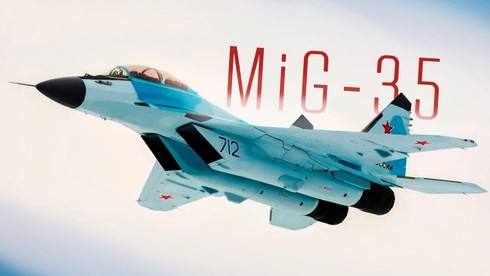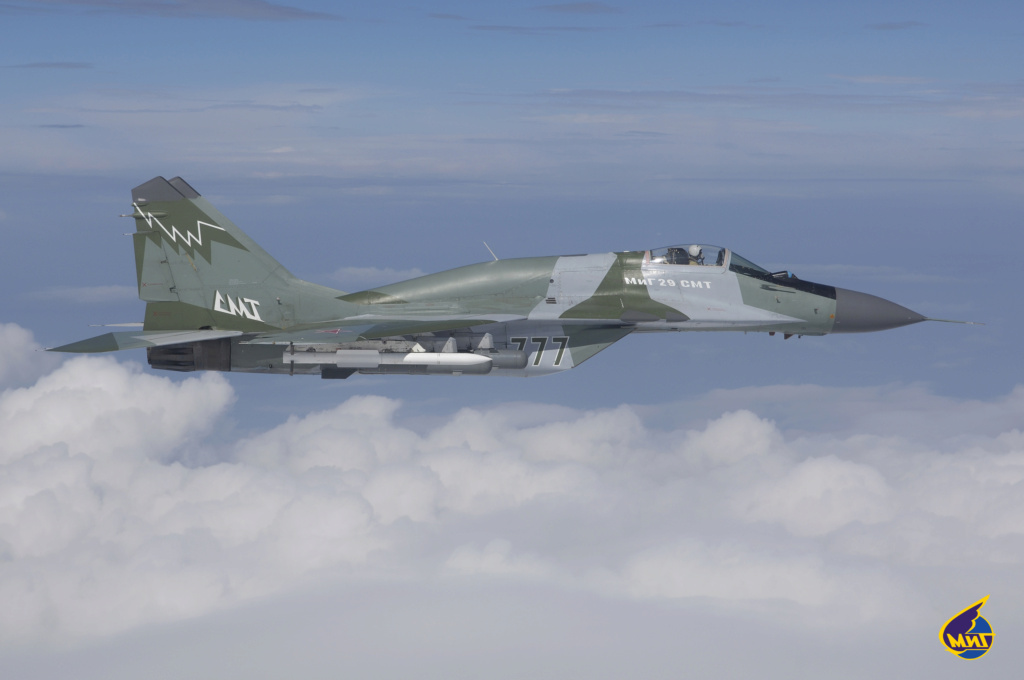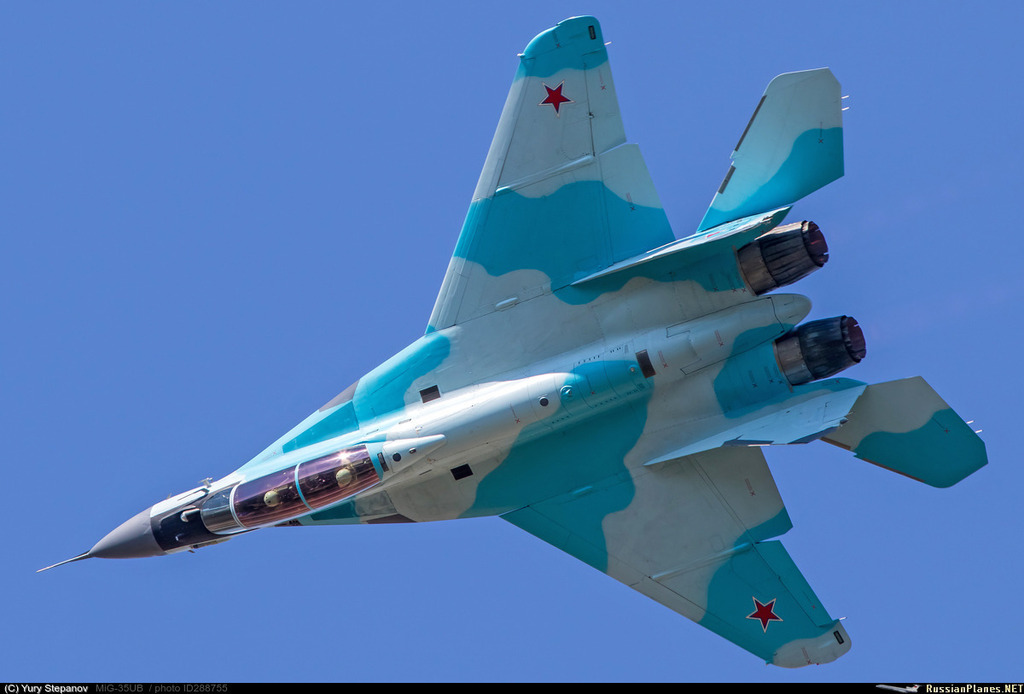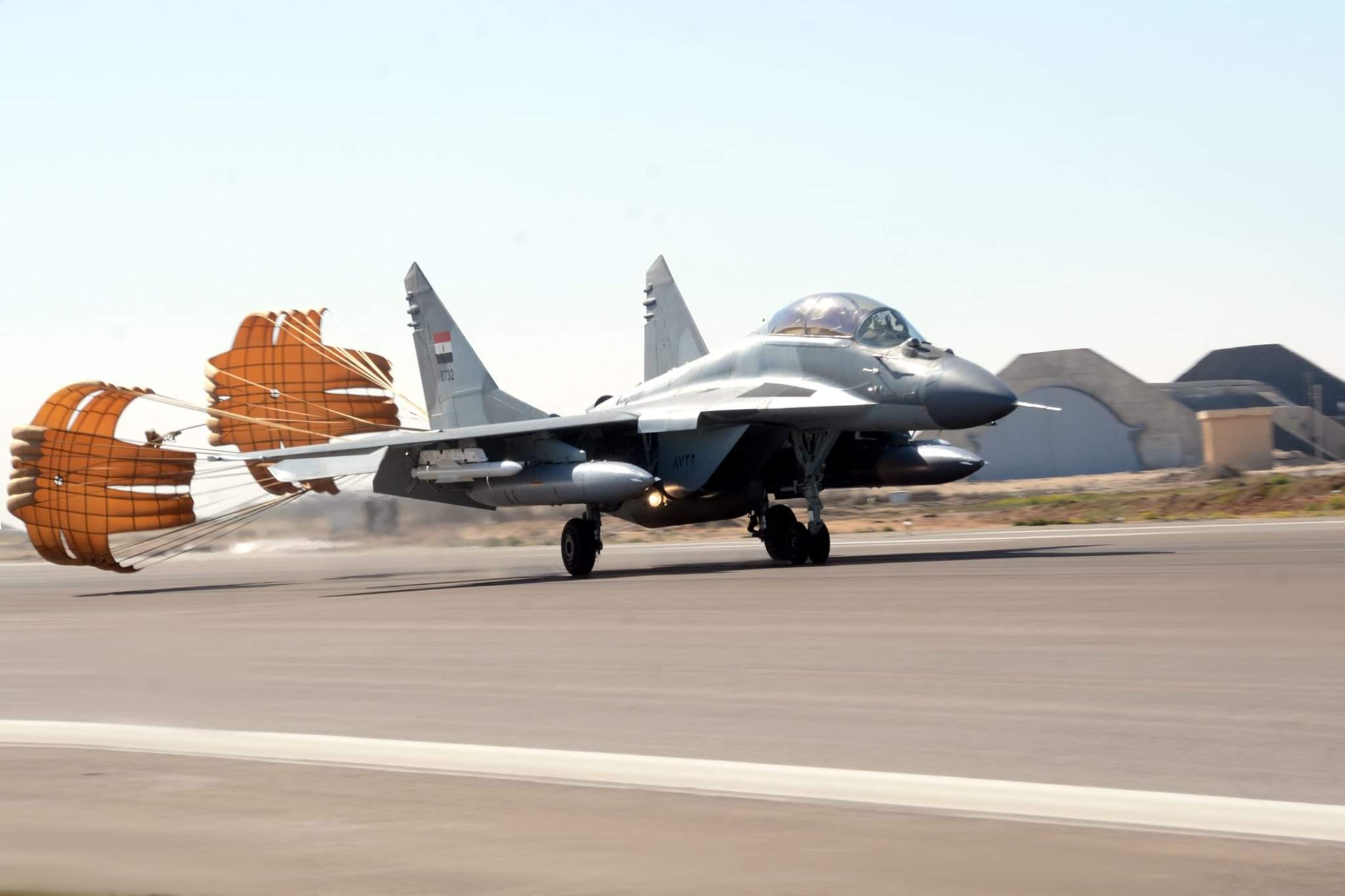True, but the aircraft's radar still has to detect the target and track it to be able to give the pilot some sense of direction and allow firing it.
It also depends on the target... a transport plane or inflight refuelling plane can be detected at distances well beyond the range of AAMs it might be carrying.
The target might be scanning for targets in which case the EW might be able to work out their location and movements at ranges beyond which they can get a radar lock or track.
Active radar homing missiles are only independent of the aircraft's radar if the target is within the missile's own radar range, and the pilot can just fire and forget and let the missile do all the work, hence the longer range of the missile, the better.
Not true at all... as I mentioned one of the first tests for the R-37 air to air missile the weapon was carried on a MiG-31M but with a standard Zaslon radar... there is no way that radar could detect and track a target at more than 300km but the missile was launched at a head on closing target and the missile flew 300km to hit the target.
Lets assume the R-37 flew at about mach 6 and the closing aircraft was say flying at high subsonic speed of perhaps 800km/h... to fly 300km at mach 6 would take the missile 2.6 minutes to fly that far and the target is moving at 800km/h so in the 156 seconds the missile takes to get 300km from the point of launch the target aircraft would have travelled about 35km... the launch aircraft probably travelled further as it was likely a high altitude high speed launch but once the missile is launched then the closing speed of the launch aircraft is not important... so the missile was launched when the target was 335km distant and while the high flying fast MiG-31 probably closed the distance at 2.5 times higher speed... so it would have moved about 87km closer to the target by the time of missile impact the chances of the MiG detecting the target at 335km with its own radar was zero... we know that because target information was relayed to the MiG from an Su-30 operating much closer to the target so there was no radar lock and no tracking done by the MiG-31 launch aircraft.
At closer distances the aircraft might have launched its missile at 30km based on information from the IRST without using its radar... at 30km it is too far for an R-77 to get a lock before launch too.
The pilot needs some initial and relatively accurate target information including IFF signals all performed by the aircraft's radar to send the missile in a relatively accurate direction.
I does not need to be super accurate for a very long range shot... half way to the target area a turn of a few degrees will not burn off energy too much at all.
This is what I think the problem is with the compatibility of the MiG-29M/M2's Zhuk radar and the R-77 and why they had to order those and not the R-77-1 or even the R-27.
The MiG-29M and MiG-29KR and MiG-35 are compatible with current and new air to air missiles... the exception would be the R-33.
My point is that there is a certain "incompatibility" with the radar on the MiG-29M/M2 to use the longer range versions on the R-77. Which from what I understand is the R-77-1 or RVV-SD.
The website of the company that makes the RVV-SD says:
The missile is designed to be used at Mig and Su aircrafts.
Check it out yourself...
http://eng.ktrv.ru/production/military_production/air-to-air_missiles/rvv-sd.html
If the missile could only be carried by MiG-35 and MiG-31BM then they would say that... it is clearly compatible with MiGs.
The only thing in this case that puzzles me a bit is that I do believe certain MiG-29s (be it the Indian MiG-29K or Russian SMT) do use the R-27 and must use other ways to detect targets at those greater distances than their own radars like you mention, including GPS even. But with the BARS and IRBIS-E, neither of those longer range missiles should have any issues being detected by the aircraft's radar.
The original MiG-29 could only carry the SARH version of the smaller R-27 missile, which essentially replaced the R-23/24 SARH guided missiles... to start with there was no replacement for the long range R-23/24 IR guided missiles.
The MiG-29 did not carry the R-27E models, nor the IR guided shorter range models, but upgrades changed that... the MiG-29S added the RVV-AE, the MiG-29SD was an exported model with foreign components. The MiG-29SM added the entire range of R-27s and R-77s to the R-73s, and SMT models include that performance as well.
So why produce them? Why improve on them?
Not all targets are aware they are under attack, and not all targets can evade even if they did know.
An inflight refuelling tanker supporting a strike mission could end the mission if it is taken out early.... an R-77 might struggle to take down a Rafale at 110km, but it would be able to take down a 737 inflight refuelling plane easily enough...
The fact that these missiles have a paper range of 110km and that the new replacements double that range presumably to 220km, the pilots will almost never launch at such ranges and will engage enemy targets based on the situation. A very long range missile has more energy to manouver at closer range so can be more effective at closer ranges than a shorter range missile fired against the same target.
But the better question would be why are they making these longer range missiles if the only aircraft they have that can use them are the two new MiG-35s they have and their Su-30s and Su-35s and Su-34s... why would their MiG-29SMTs not be able to use them?
Their MiG-29KRs are new and should be able to use any type of Russian missile for medium range aircraft.
We saw the AIM-120C-7 react and work where unfortunately an R-77 didn't.
When?
I'm simply trying to ascertain why the air force I root for chose the lesser missile of the 3 capable ones that are available.
You are assuming it is the lesser missile... the grid fins on the R-77 allow it to turn much harder without the grid fins stalling than an AMRAAMs tiny triangular fins can manage... meaning during the interception the R-77 can turn much harder without stalling which should increase PK at most ranges.
Why didn't they go for the better of the best? It doesn't add up and everything points to the aircraft's radar compatibility.
Why would it point to compatibility? The Radar in the MiG-29M and MiG-29K are not state of the art AESAs, but you don't need an AESA radar to use ARH missiles... photos of MiG-29SMTs in Syria shows it can carry R-77s.
Perhaps they might've purchase both, the R-77-1/RVV-SD and R-27R/AE had the Zhuk-AE AESA radar been ready and available back in 2015?
Why do you think an AESA is a requirement for long range AAMs?
The MiG-31 doesn't have an AESA and neither did the F-14.












